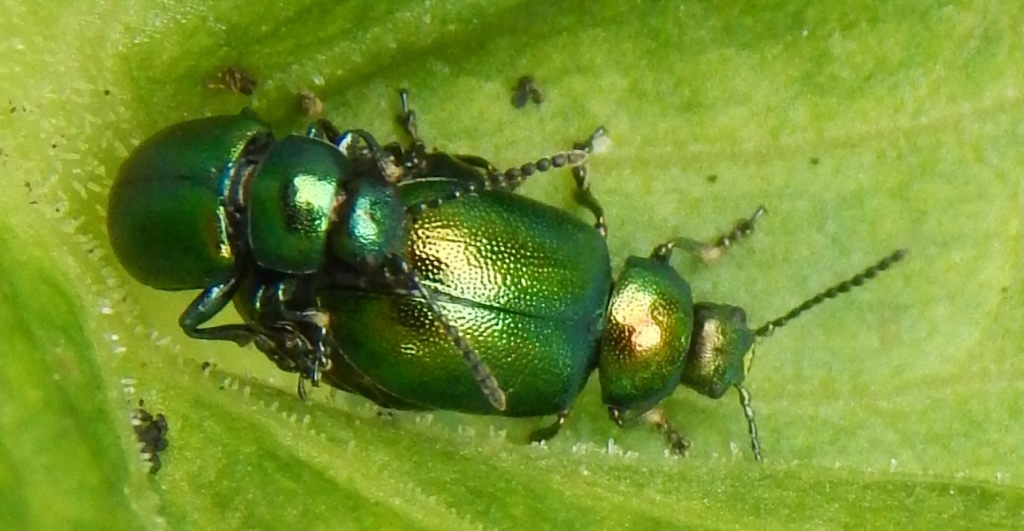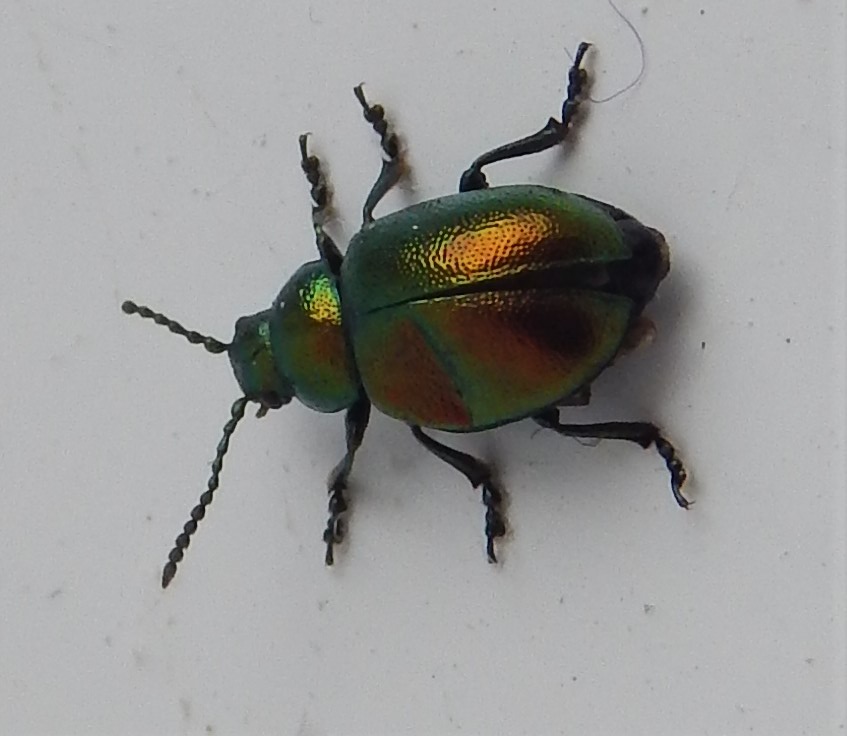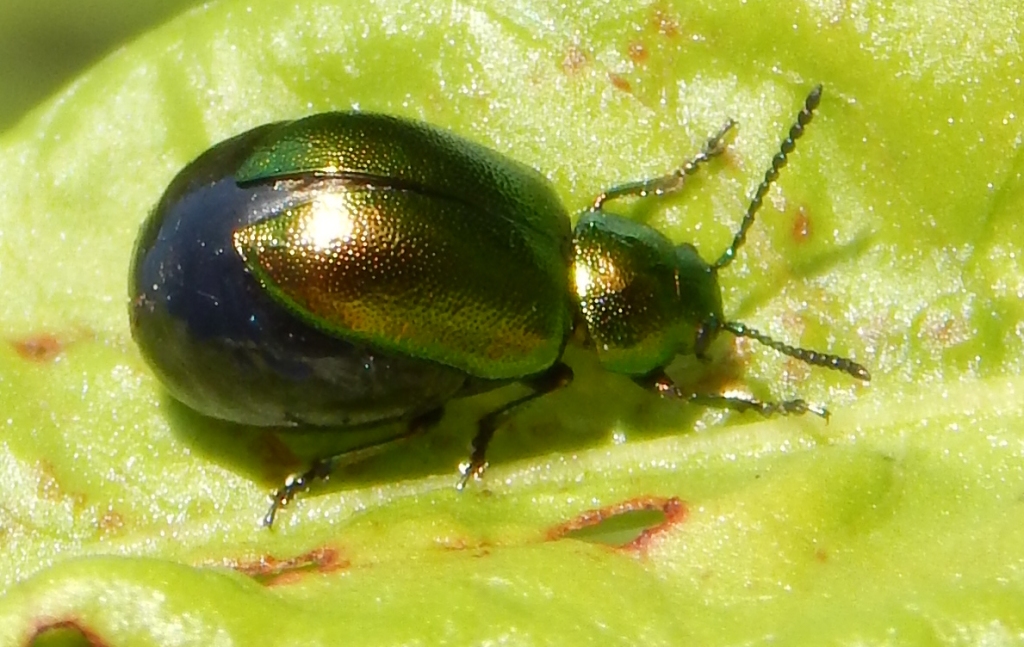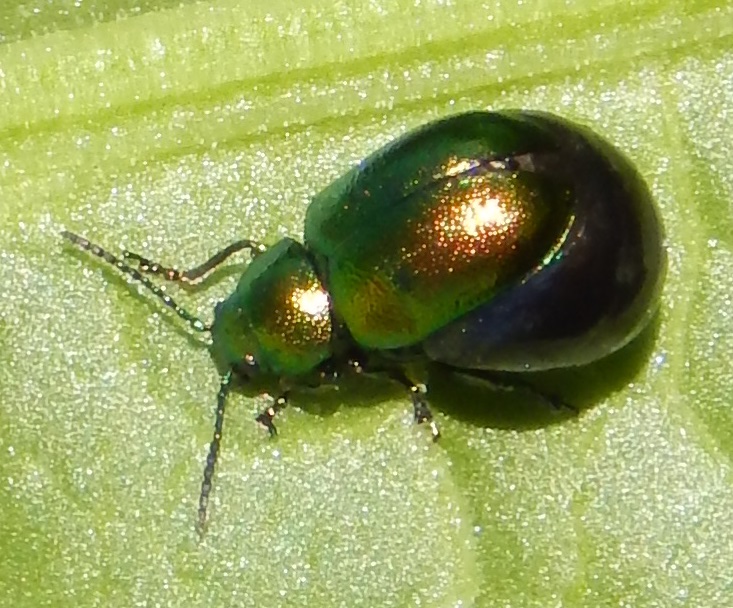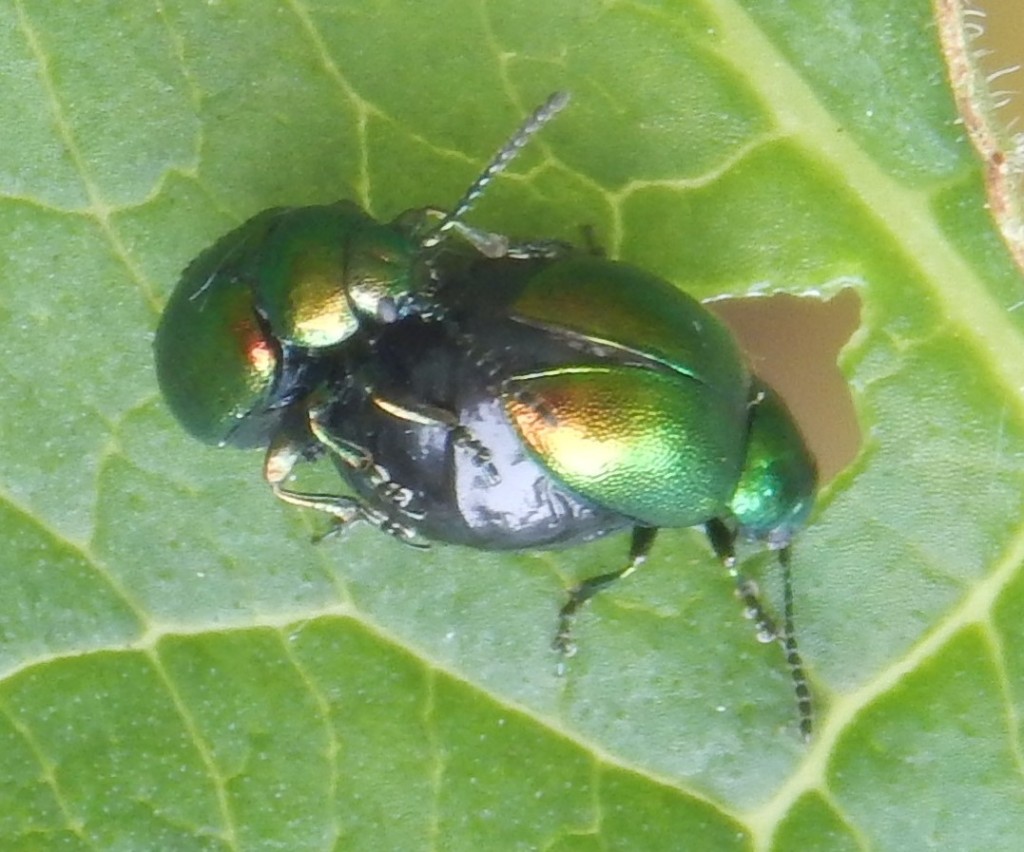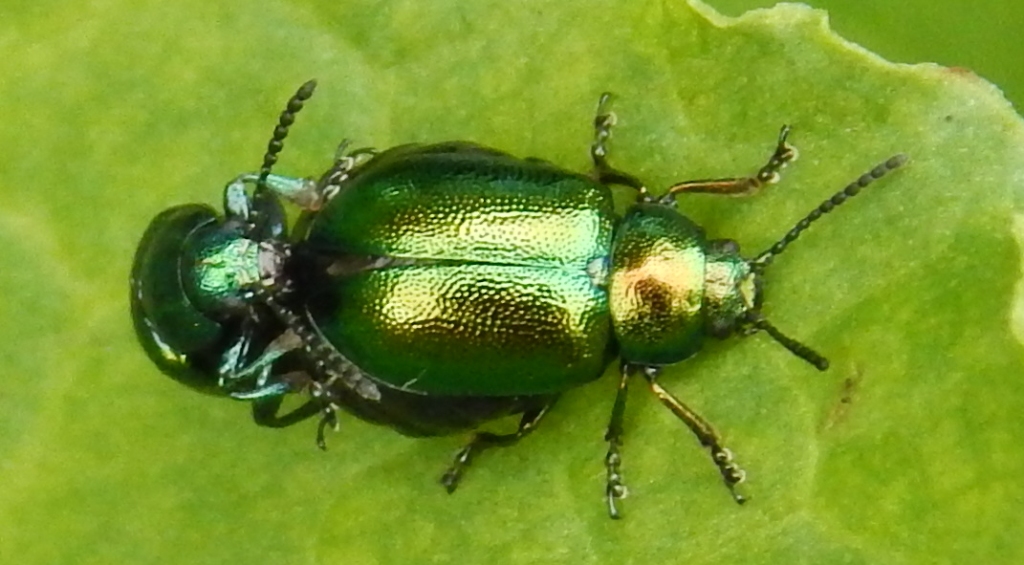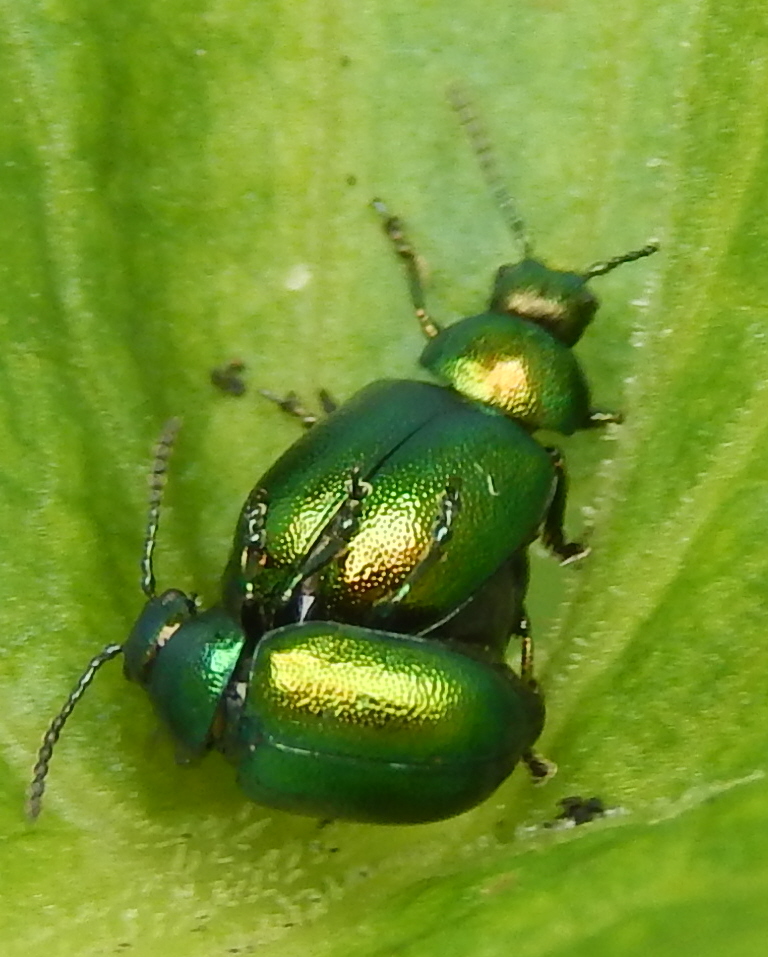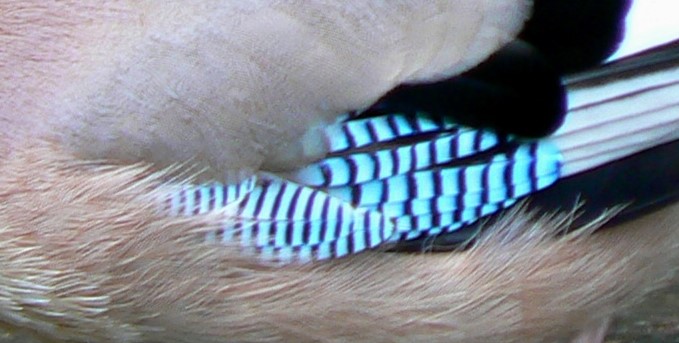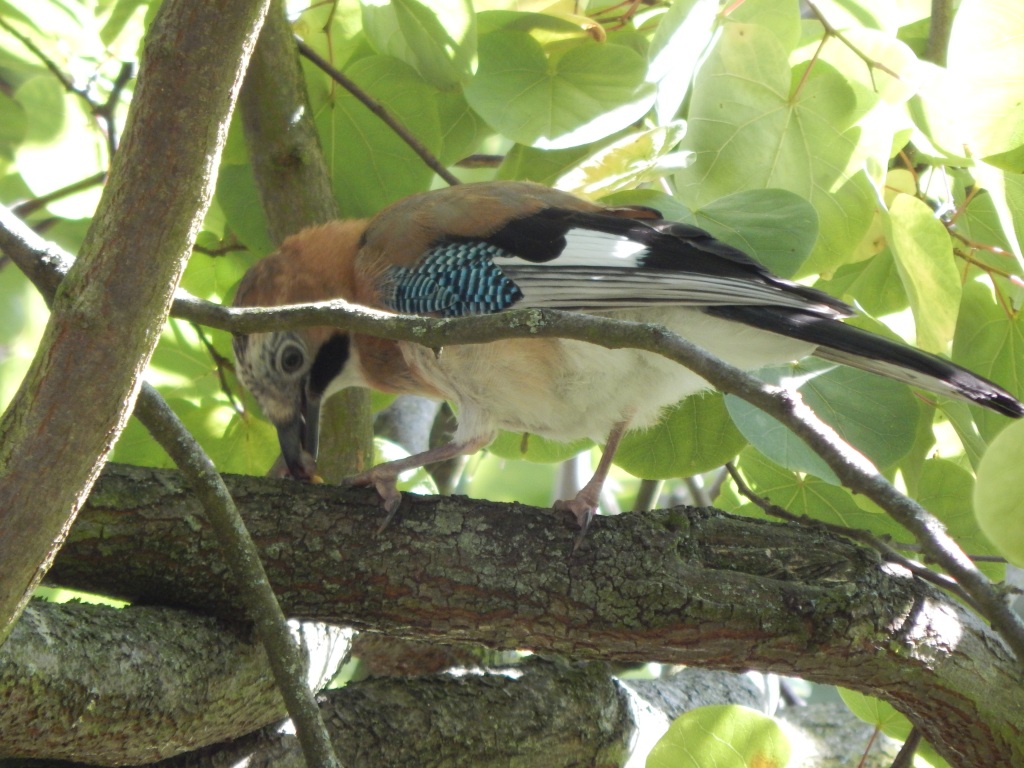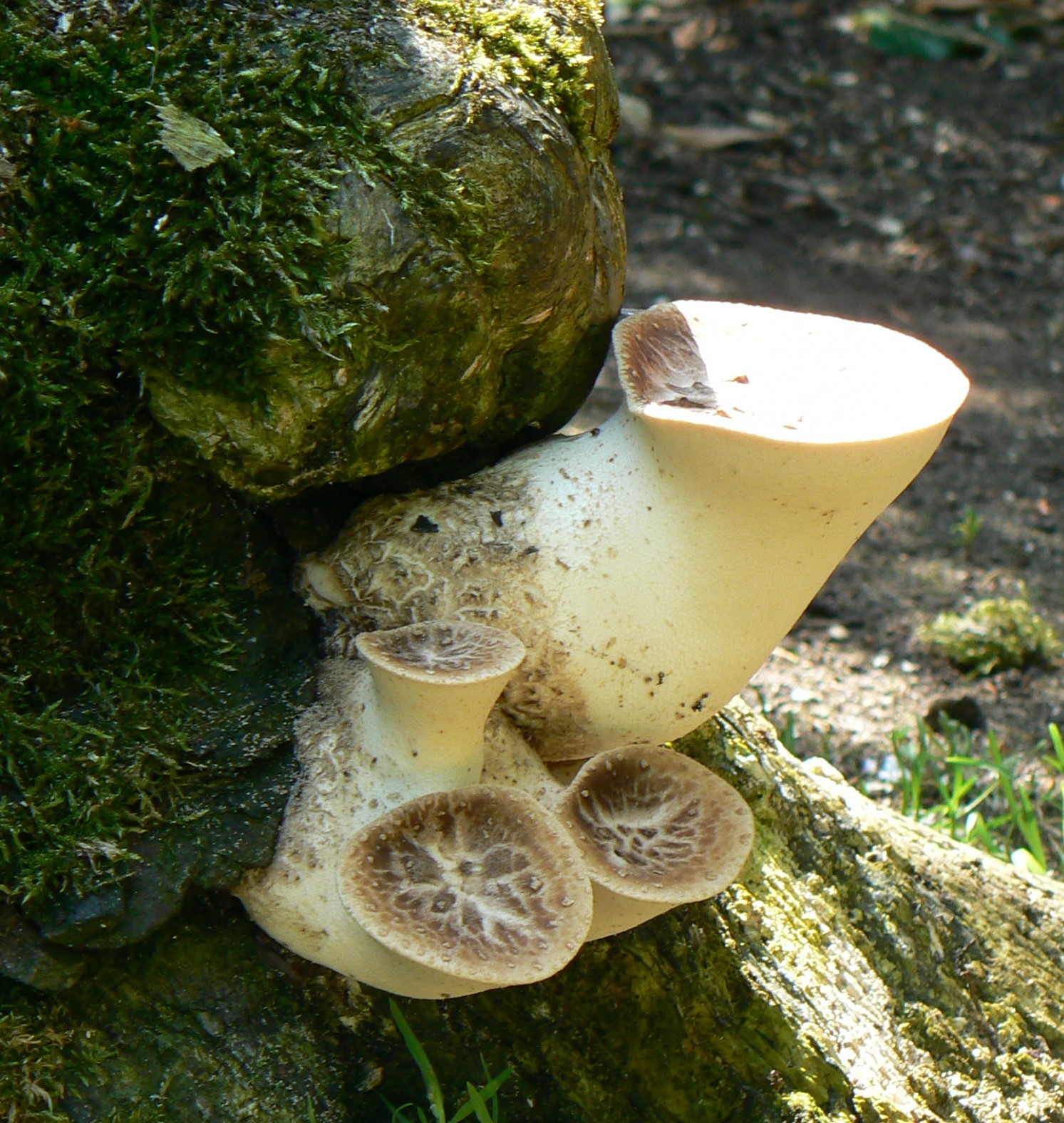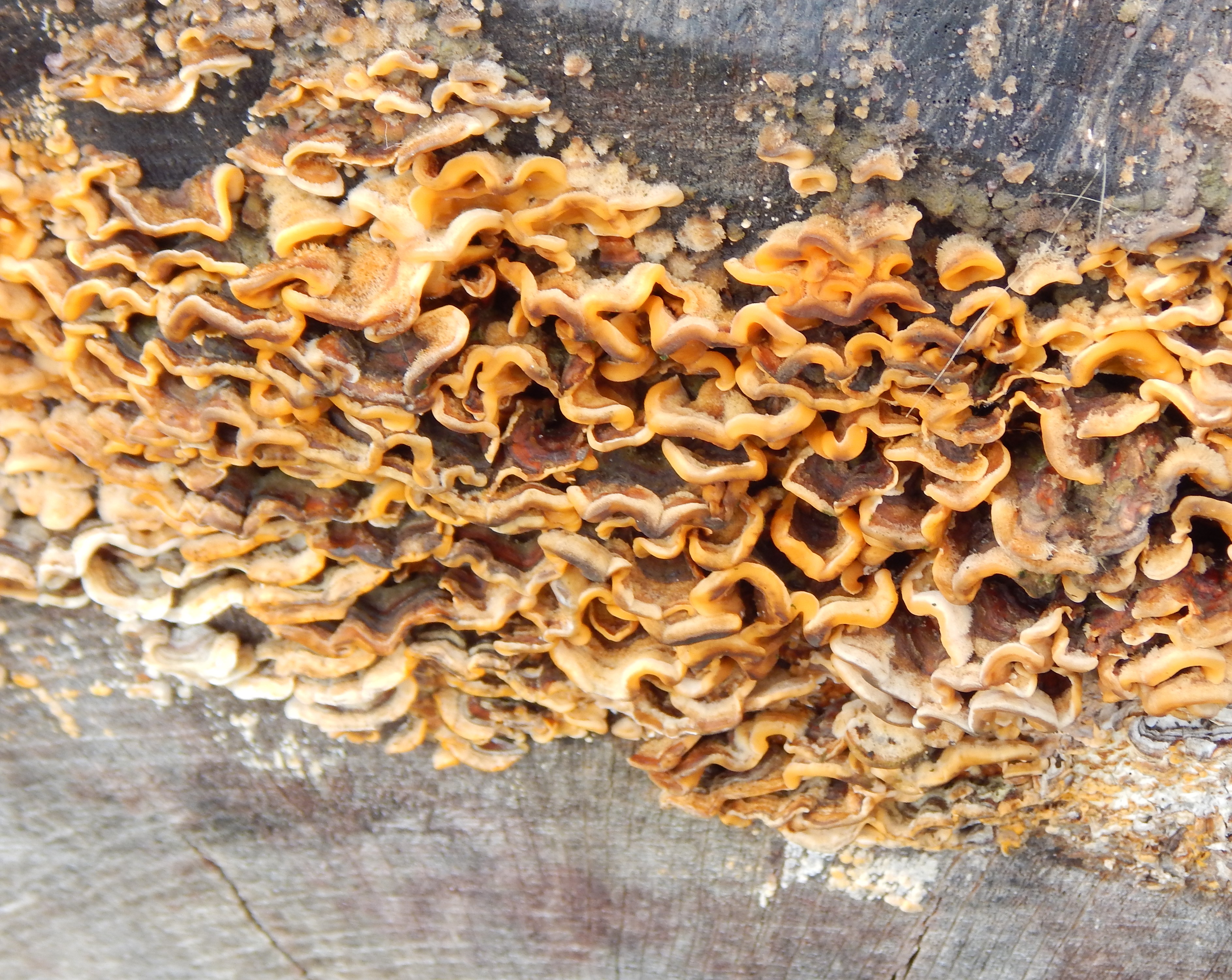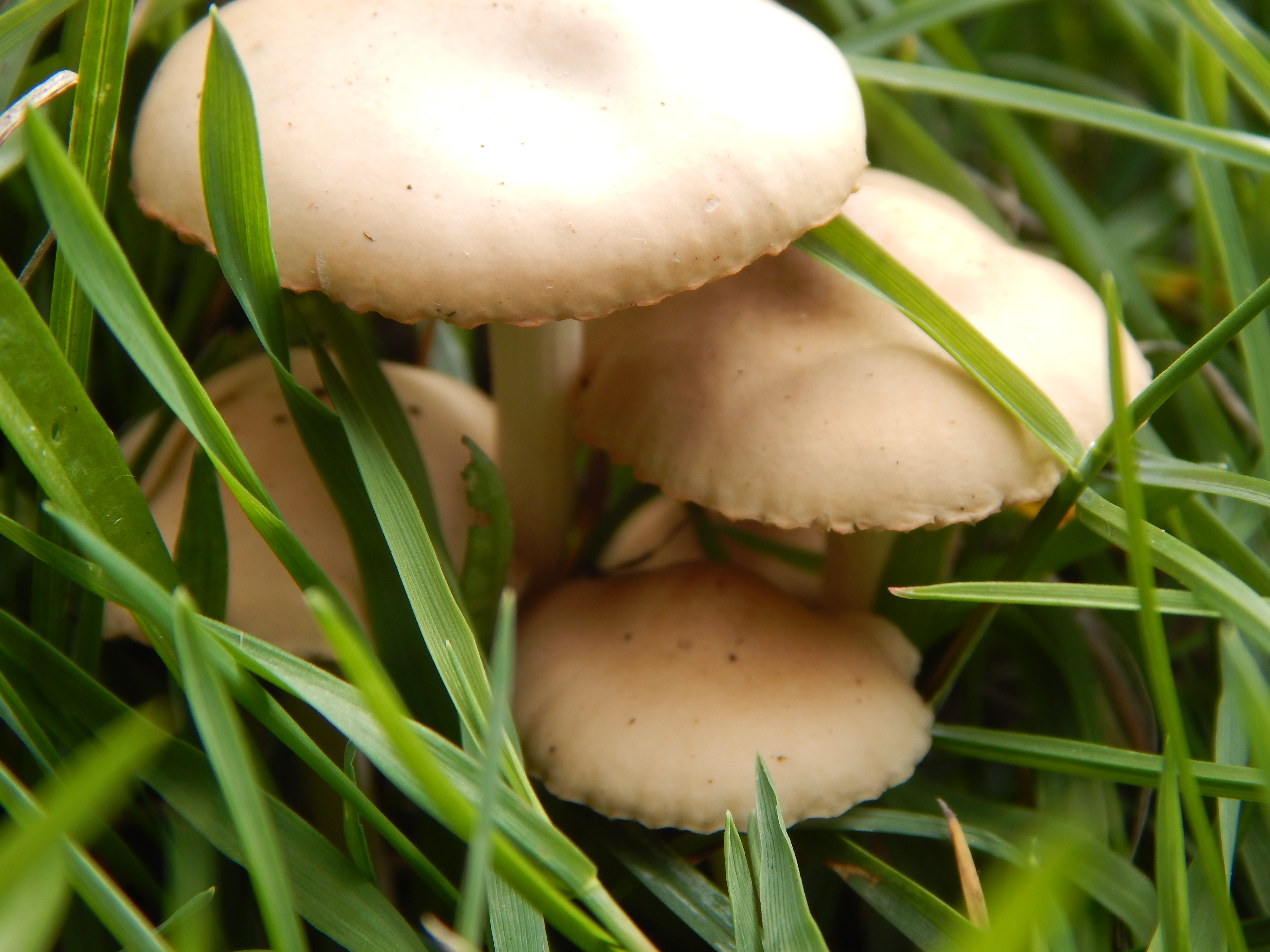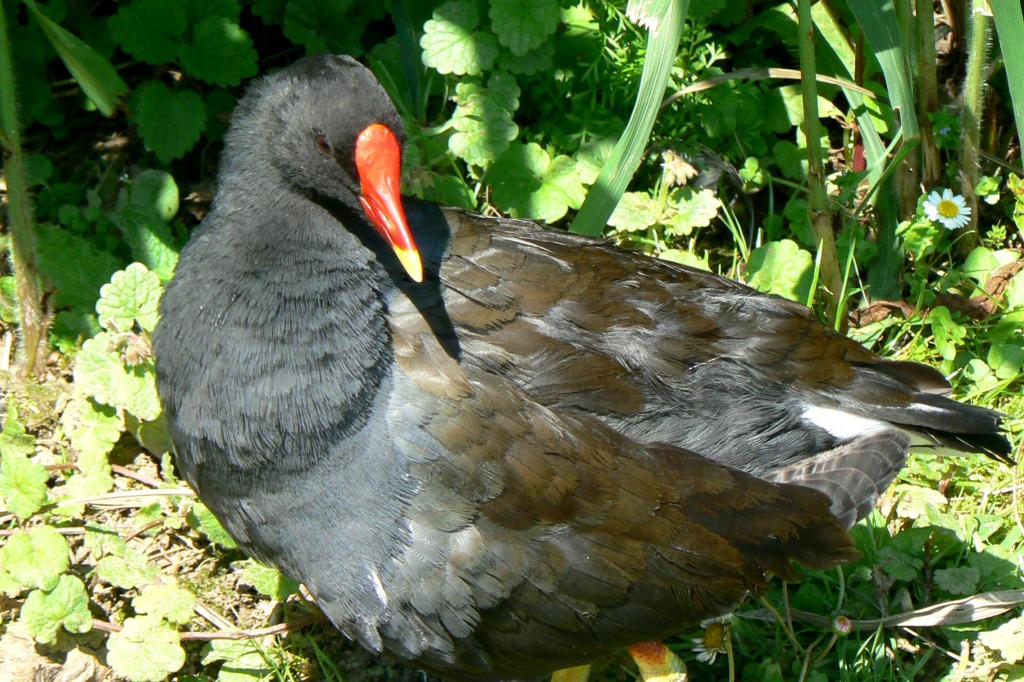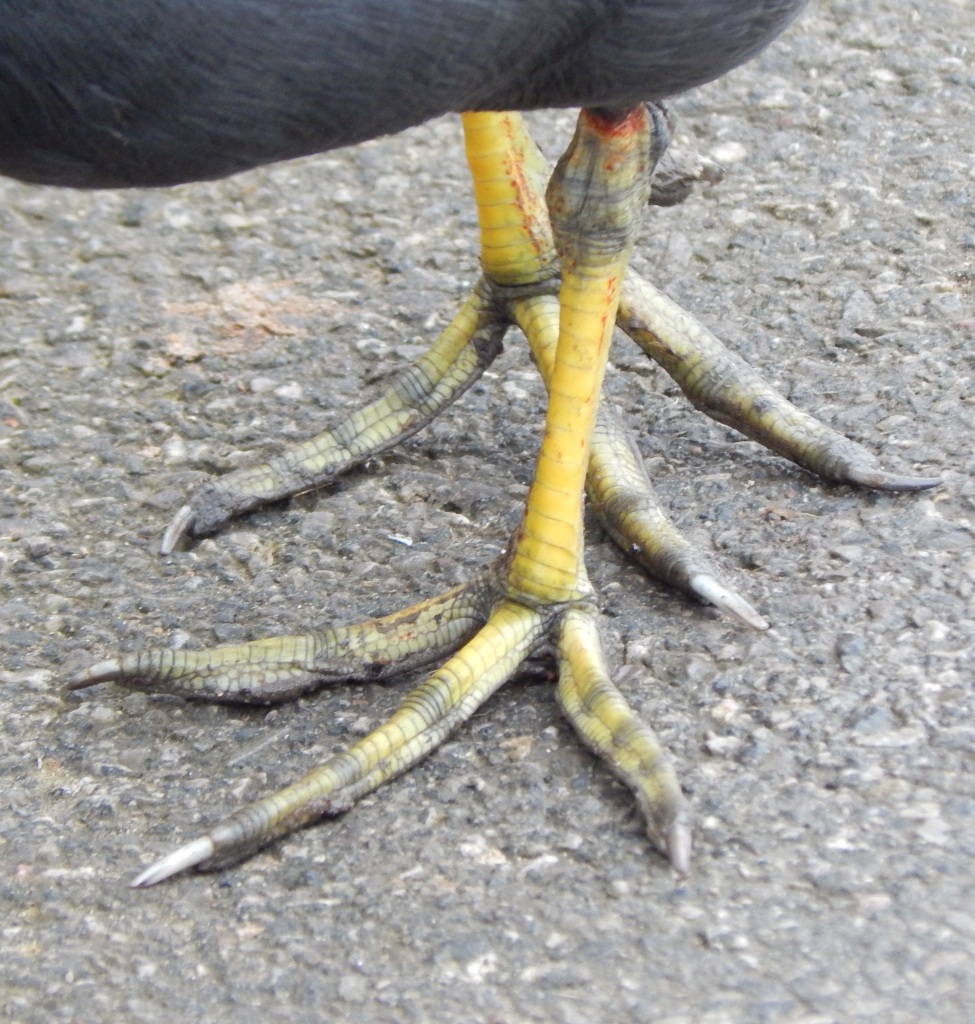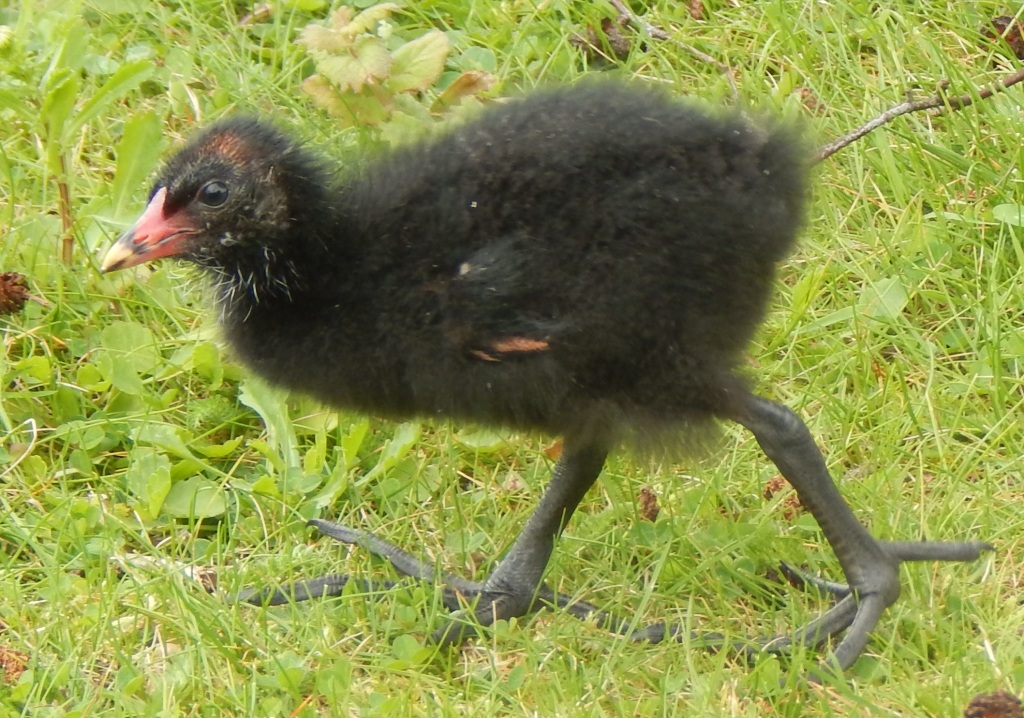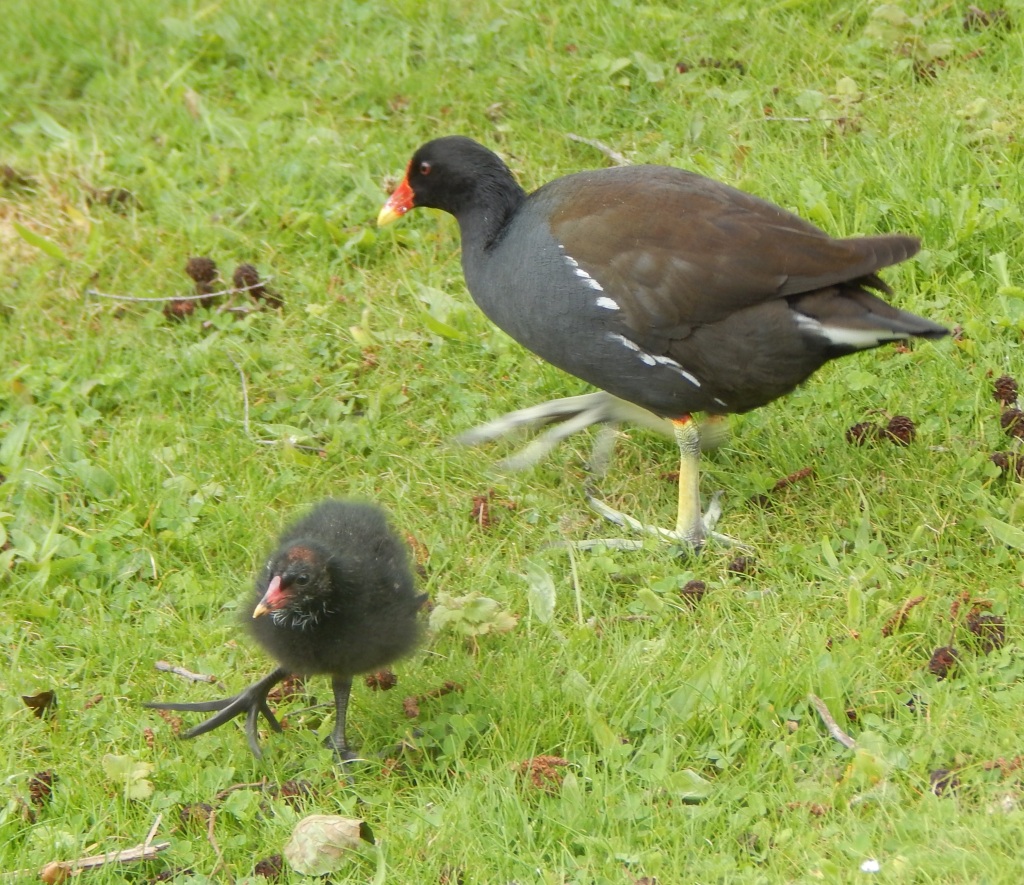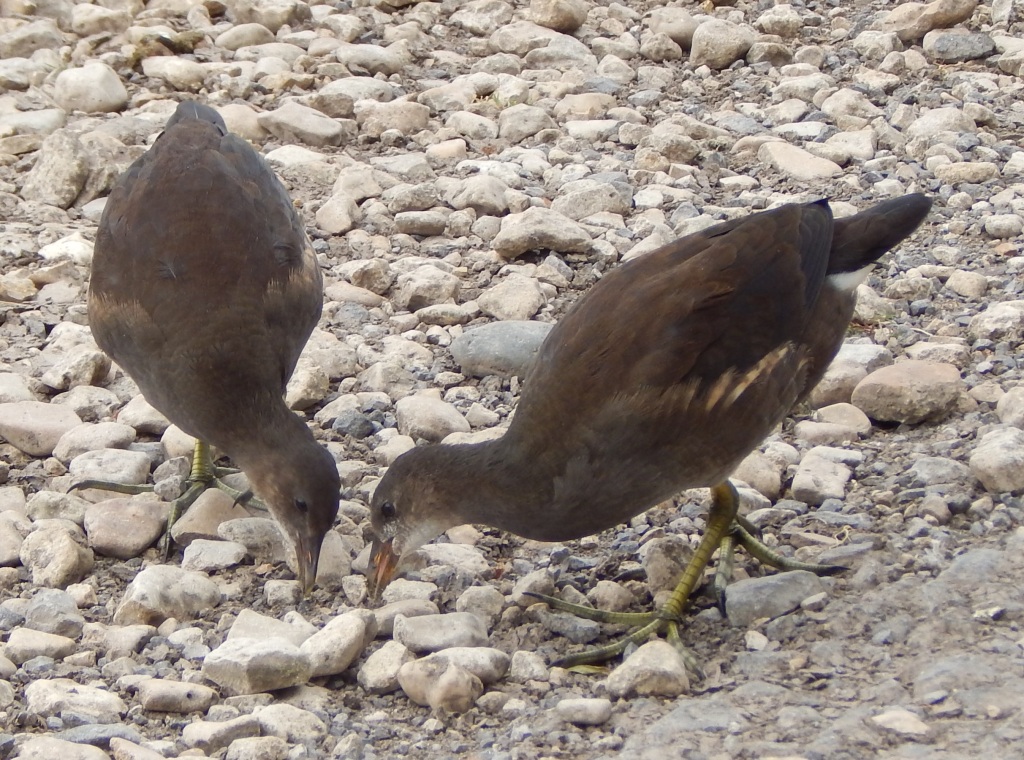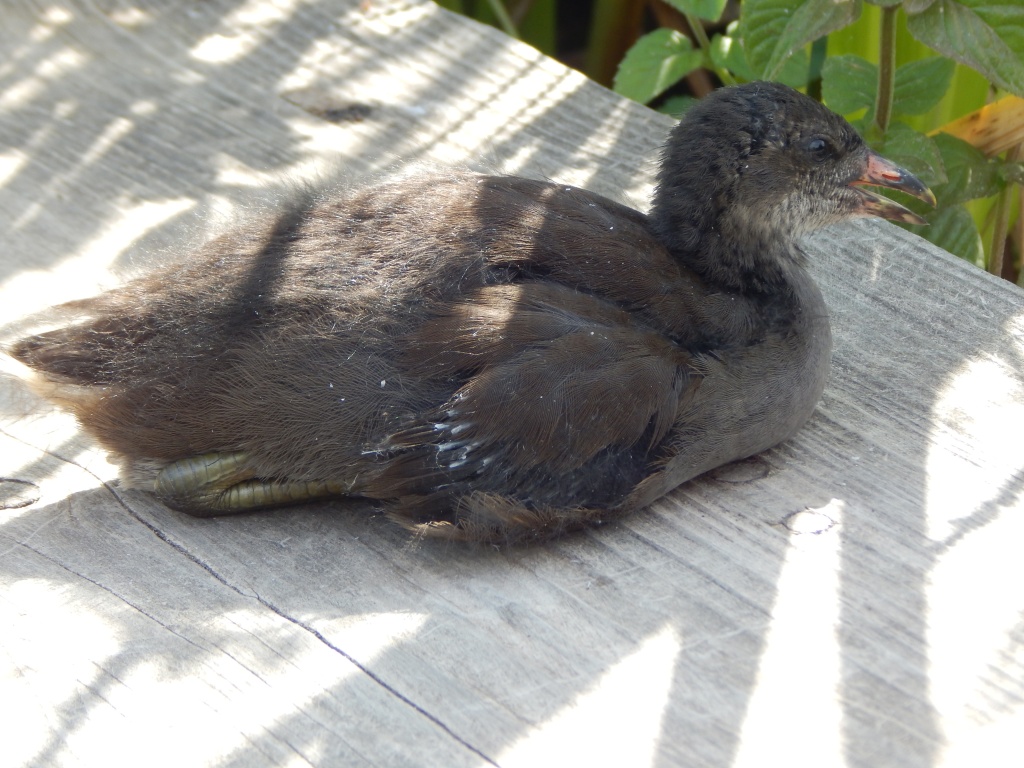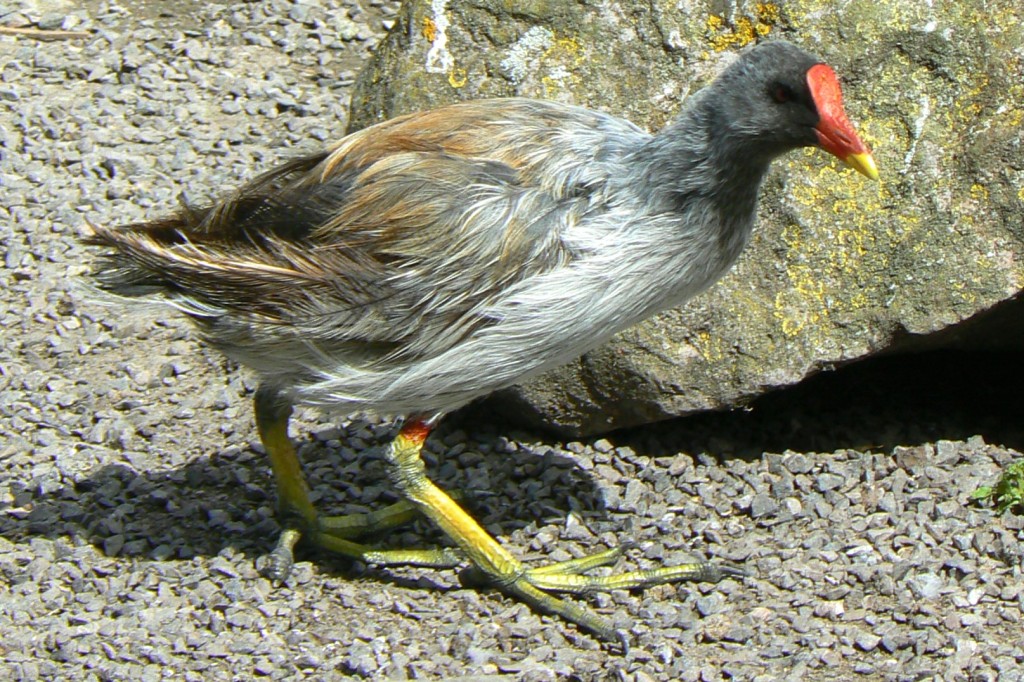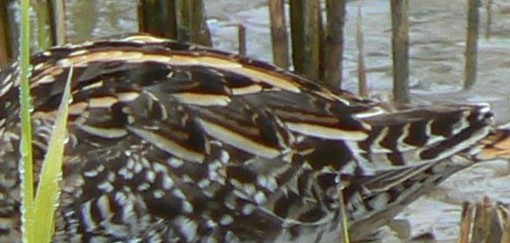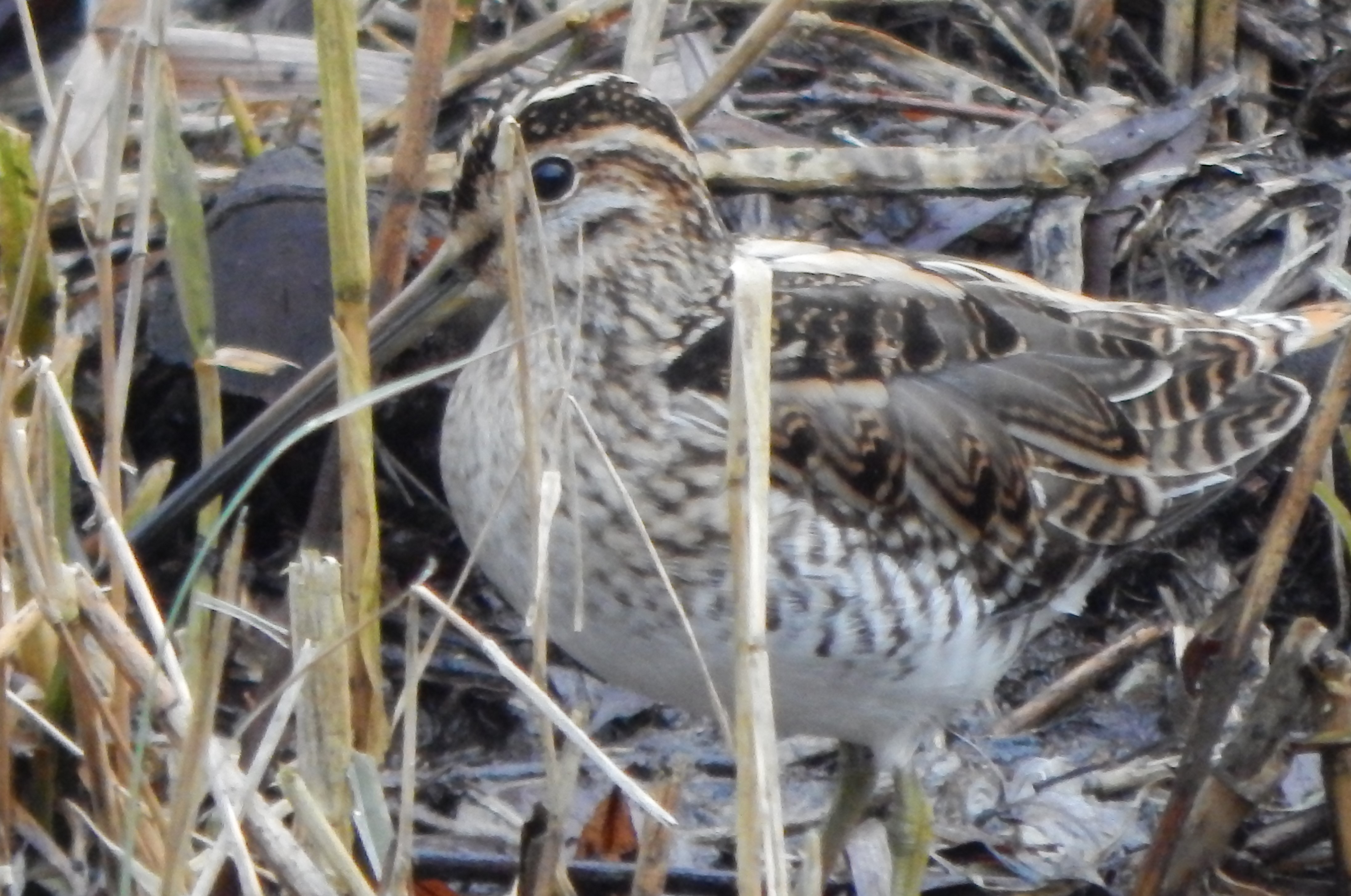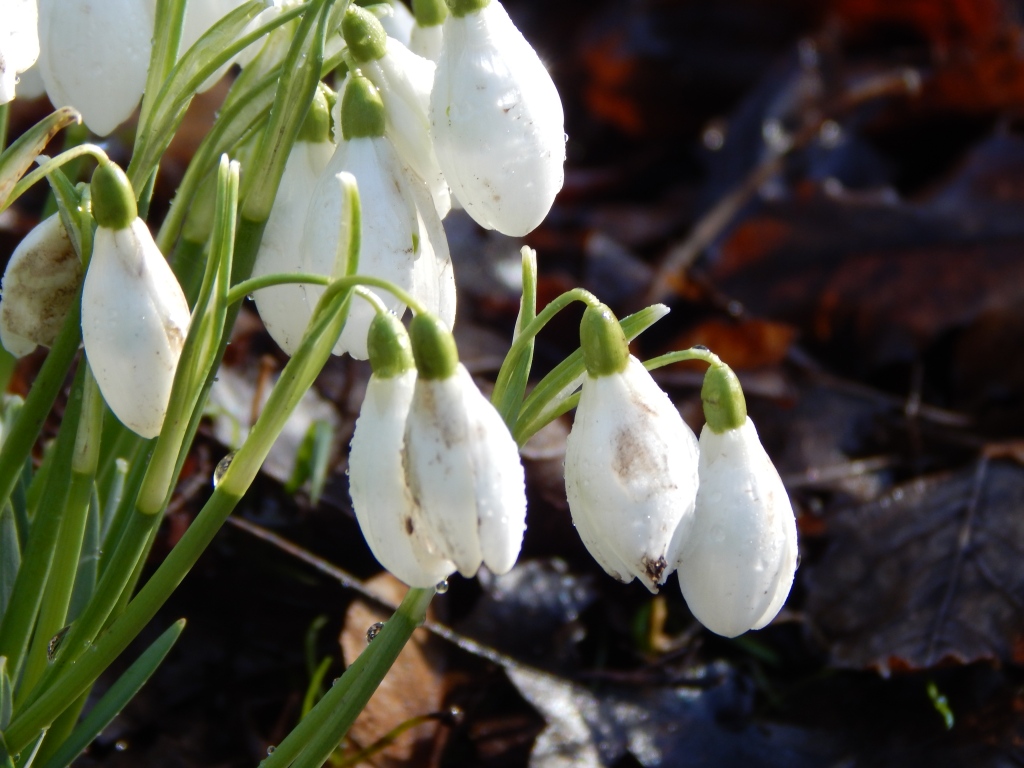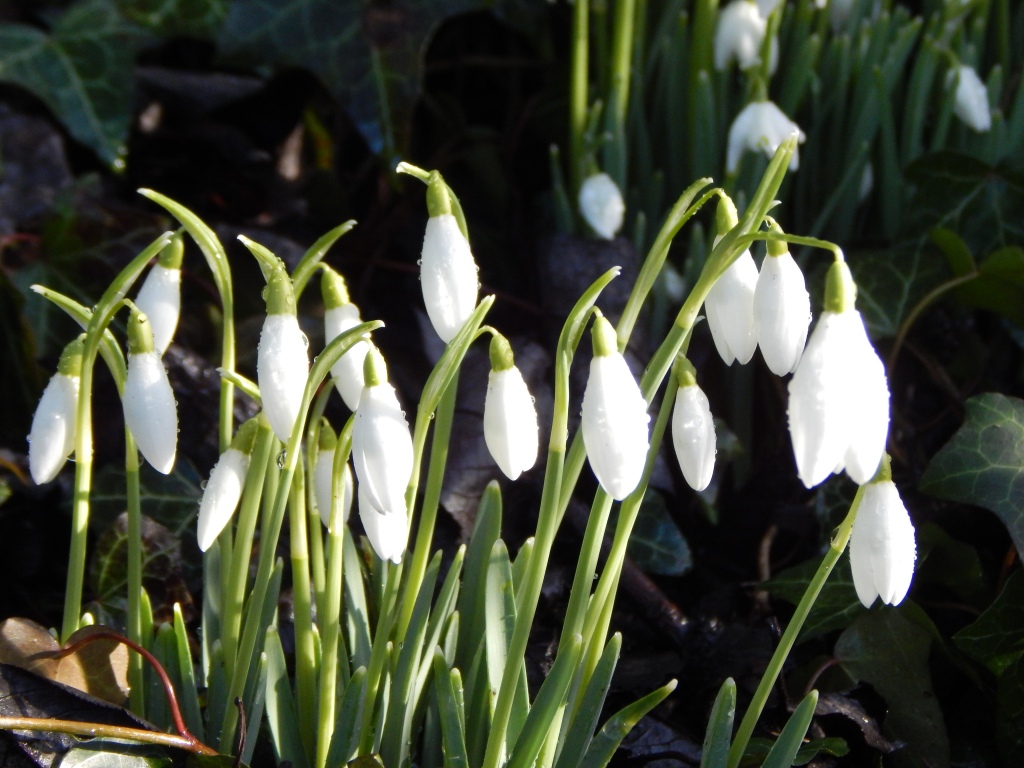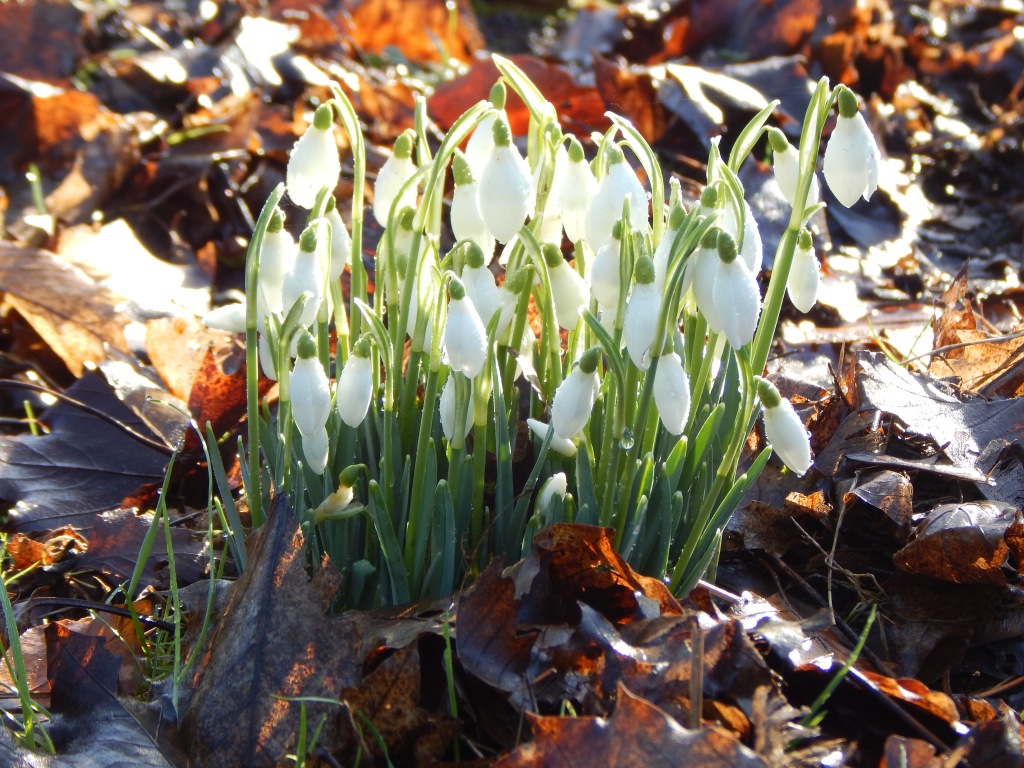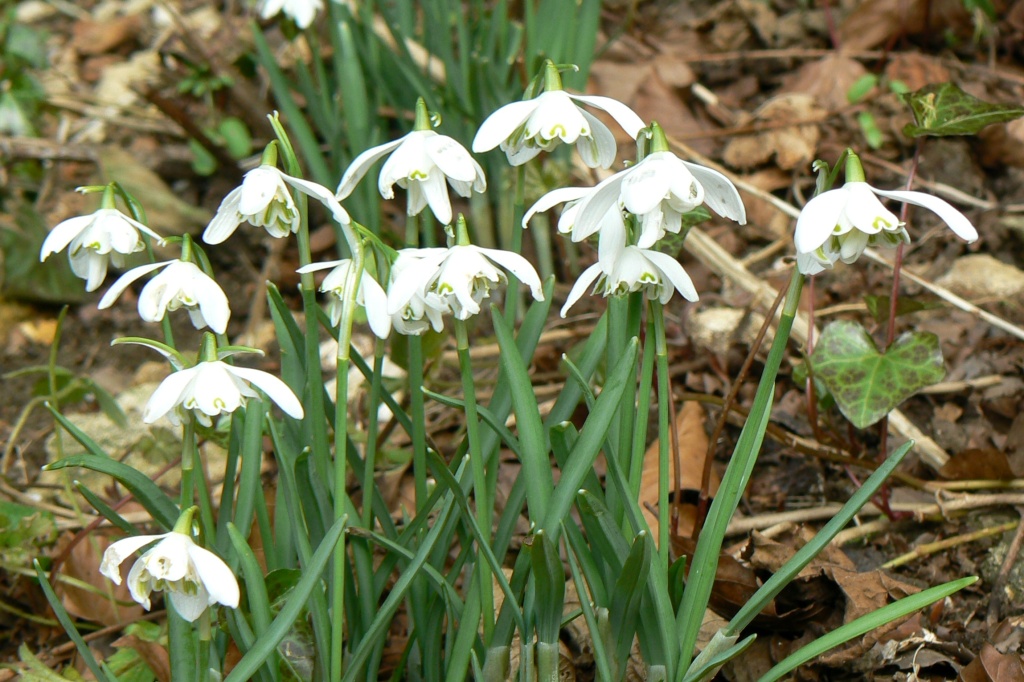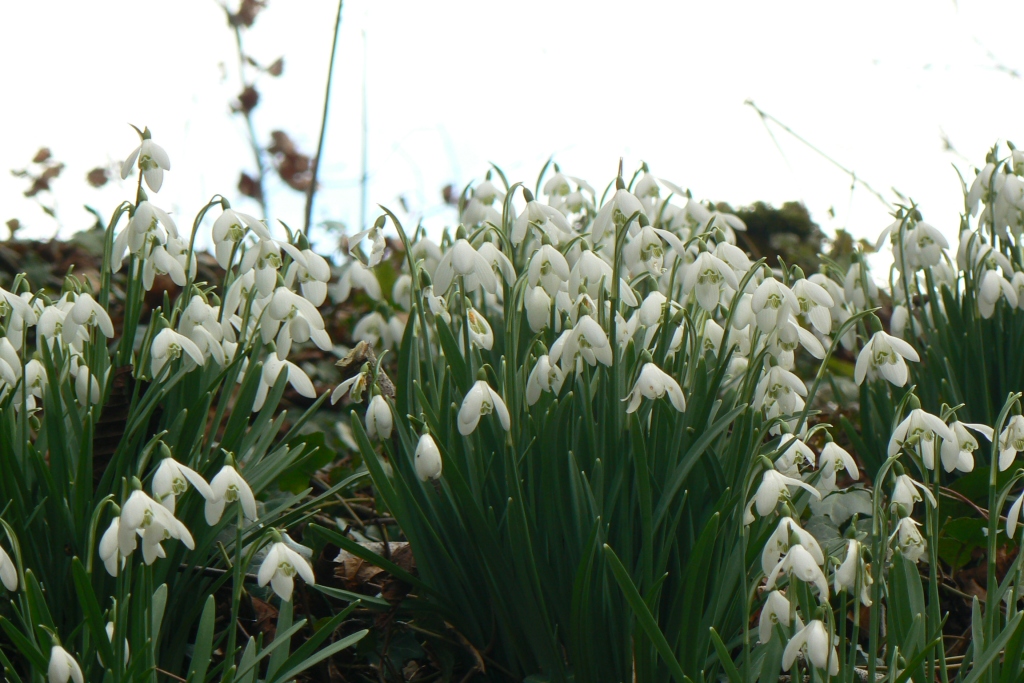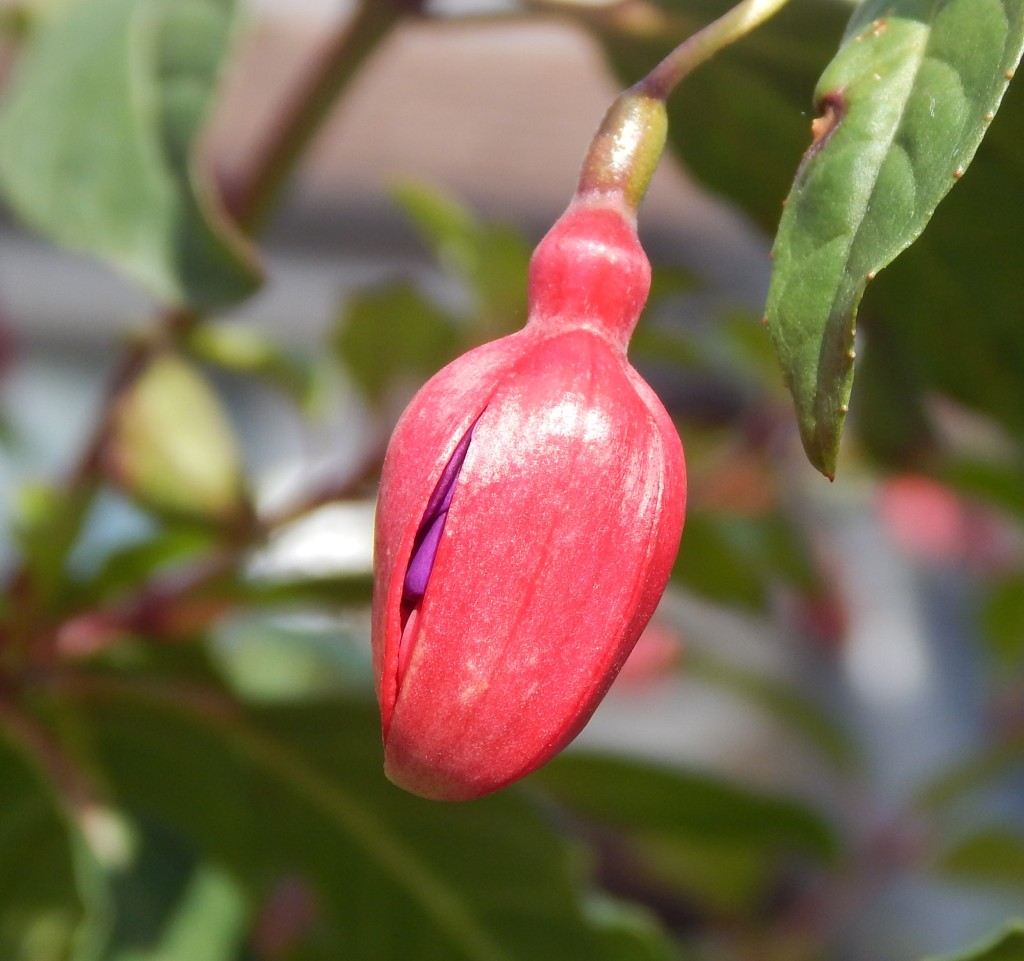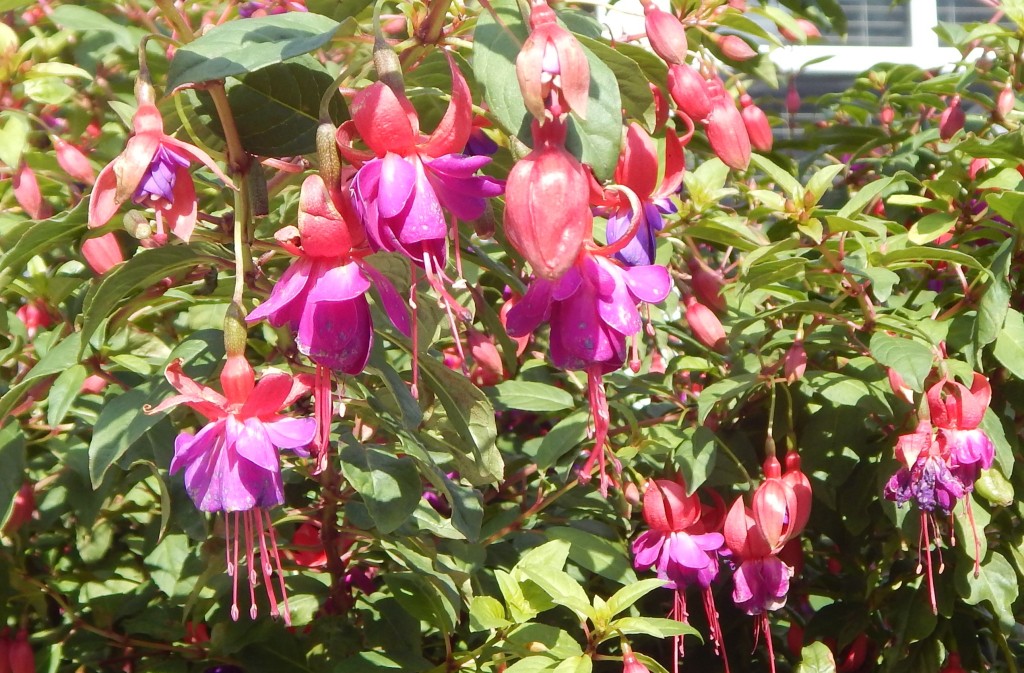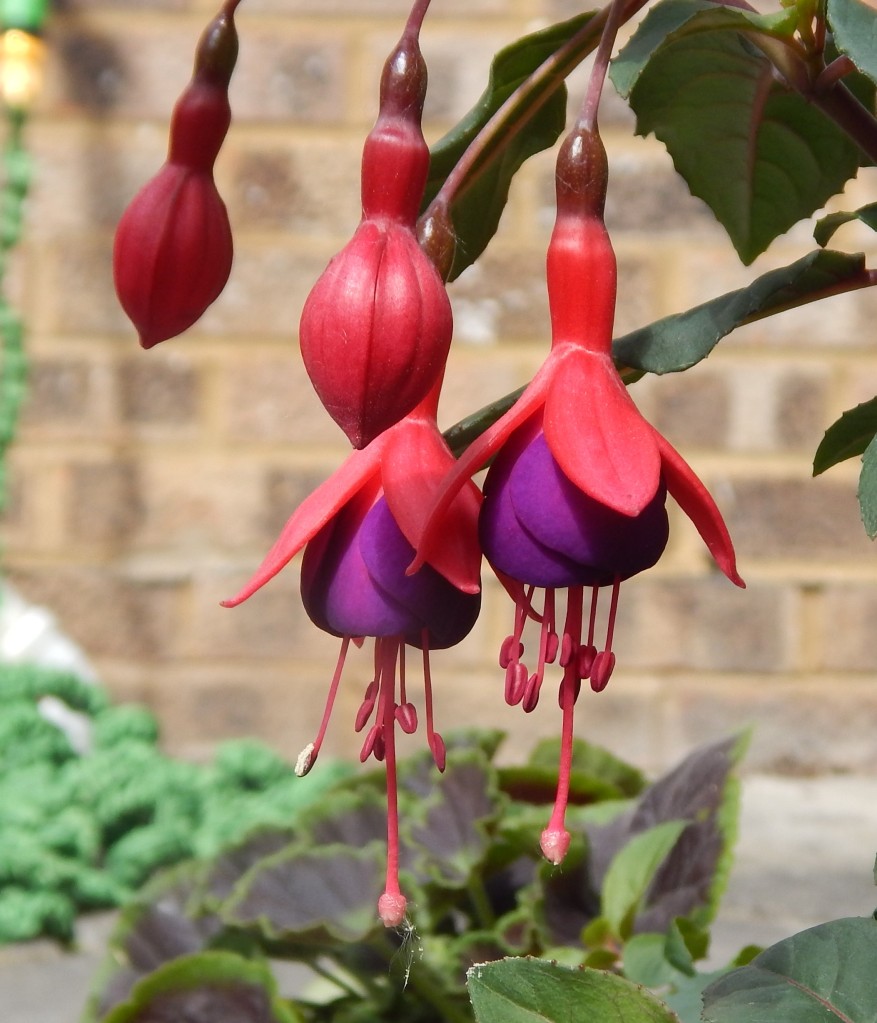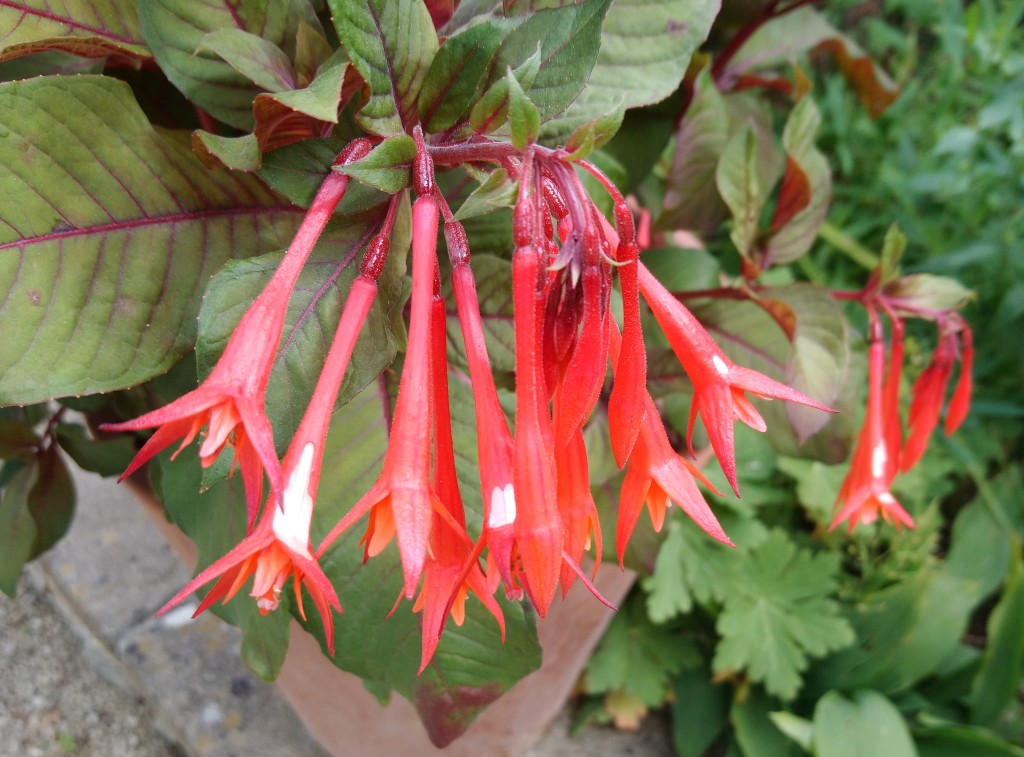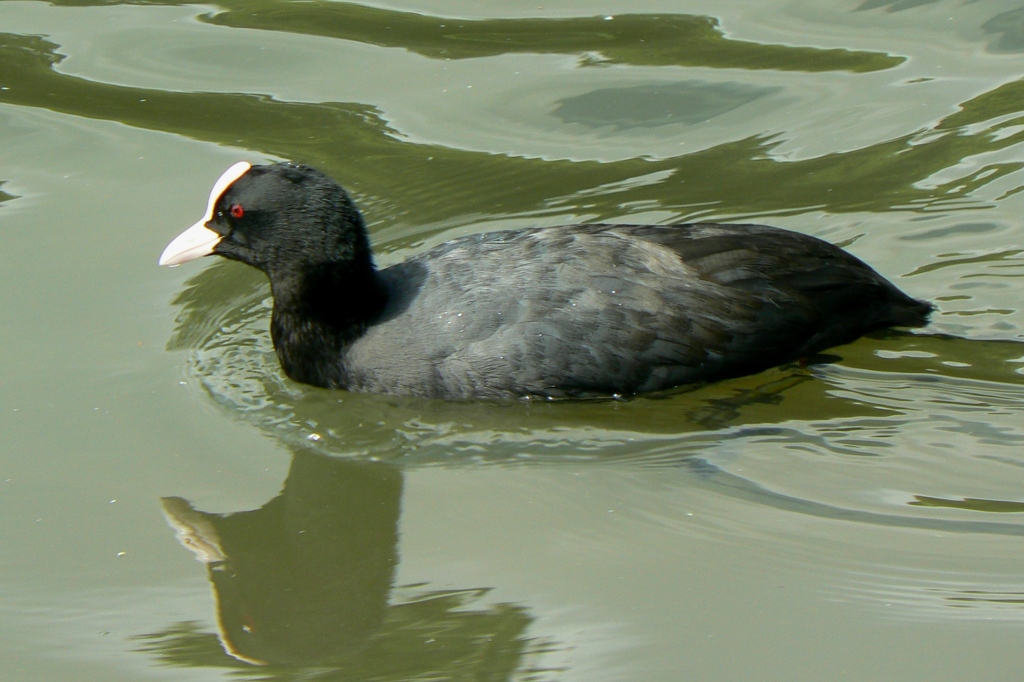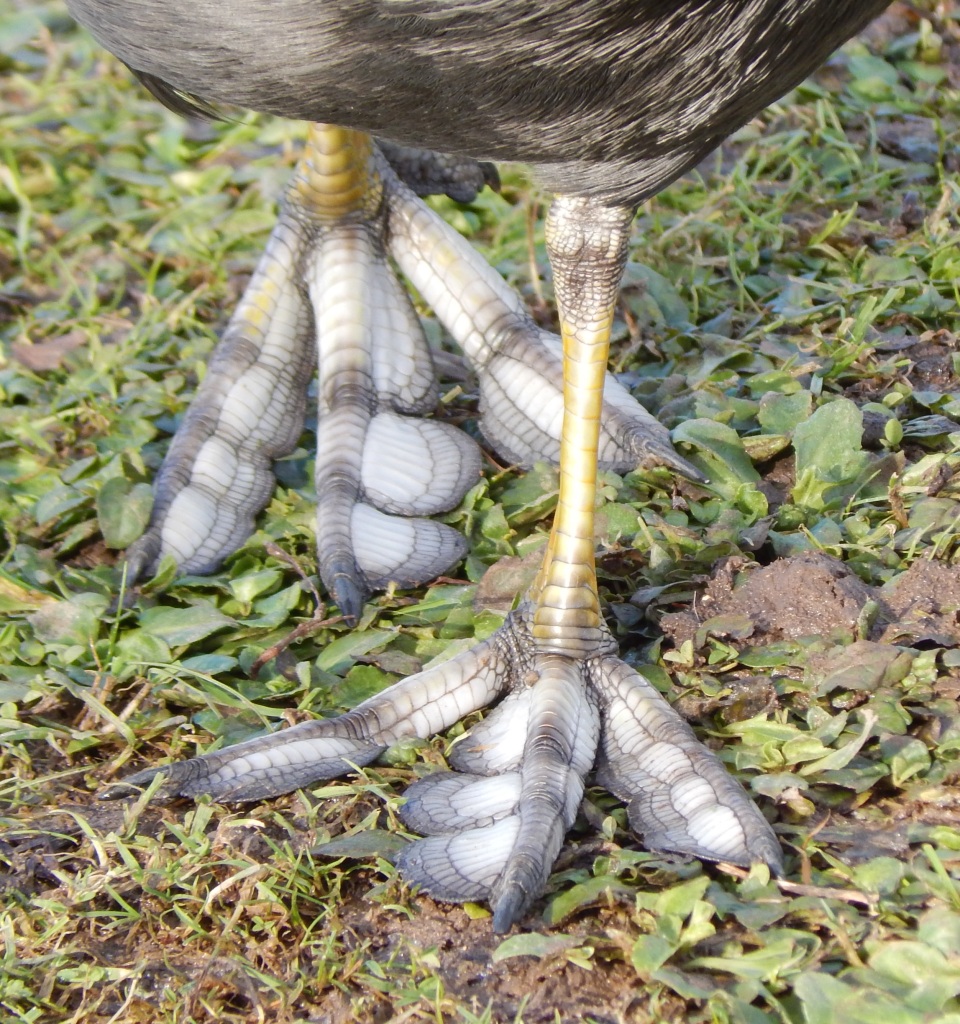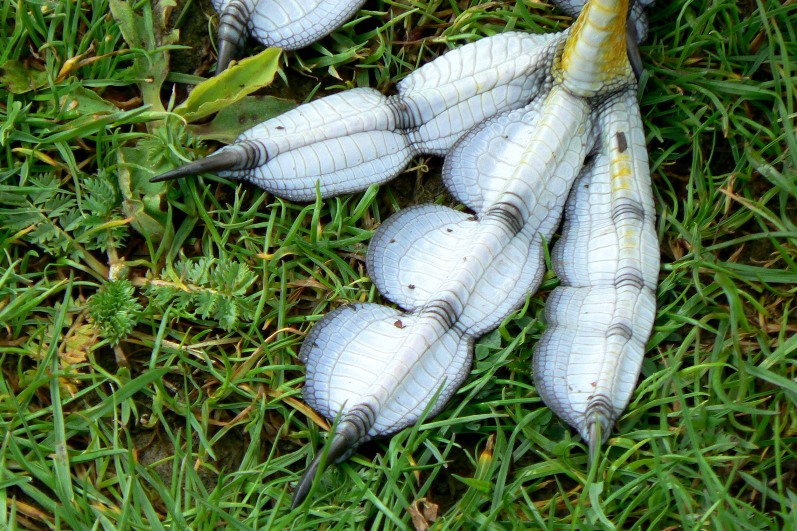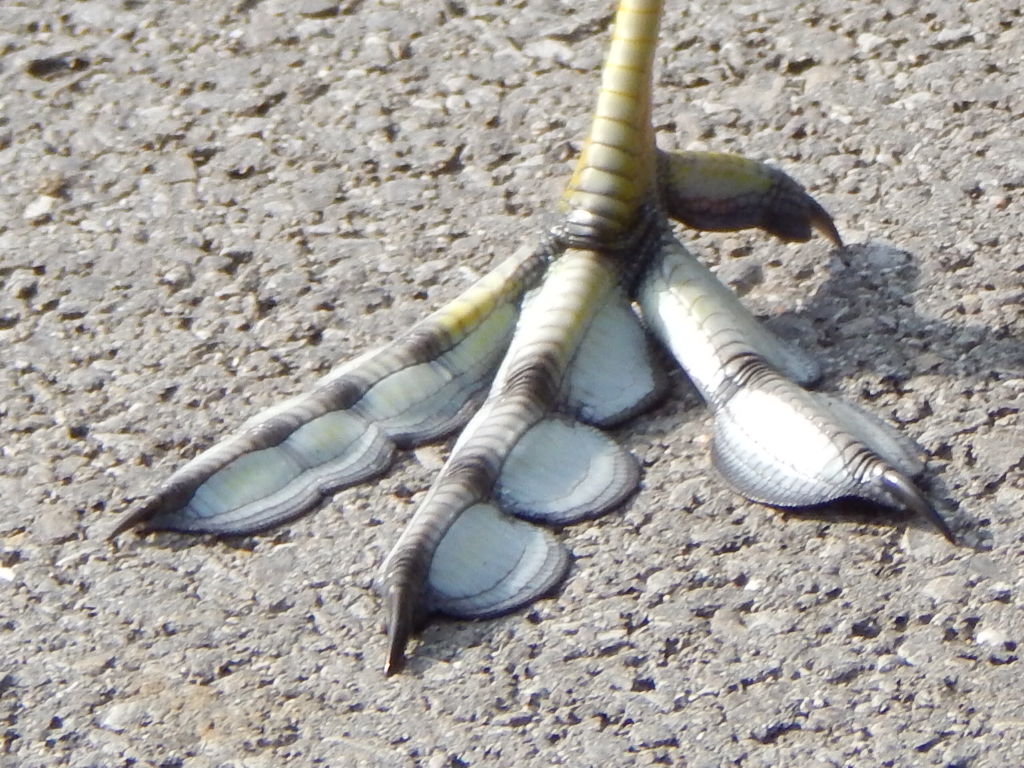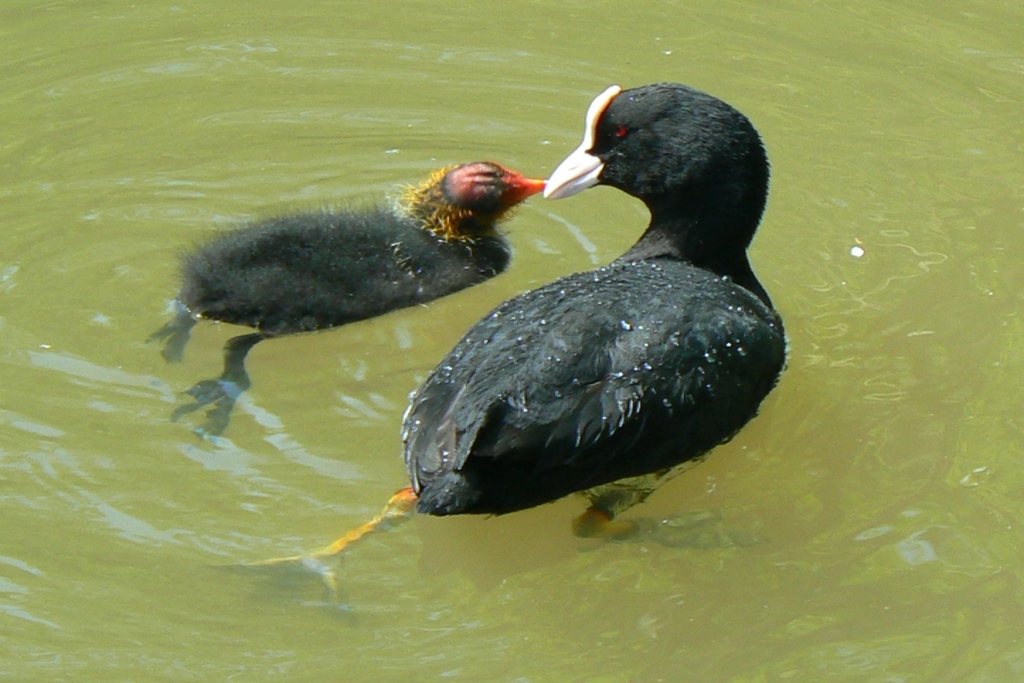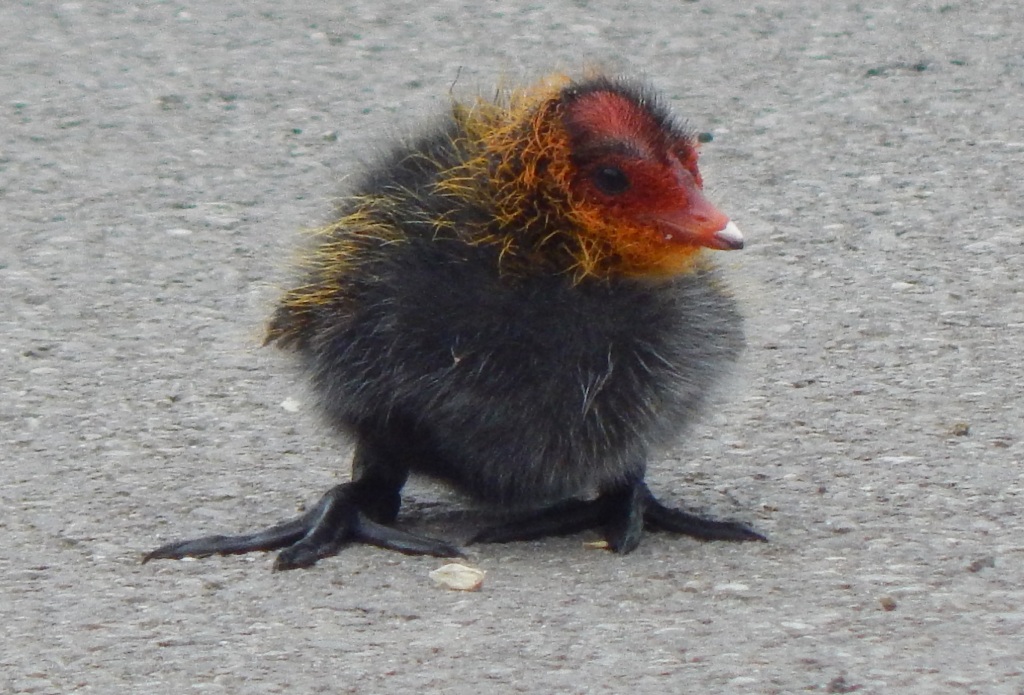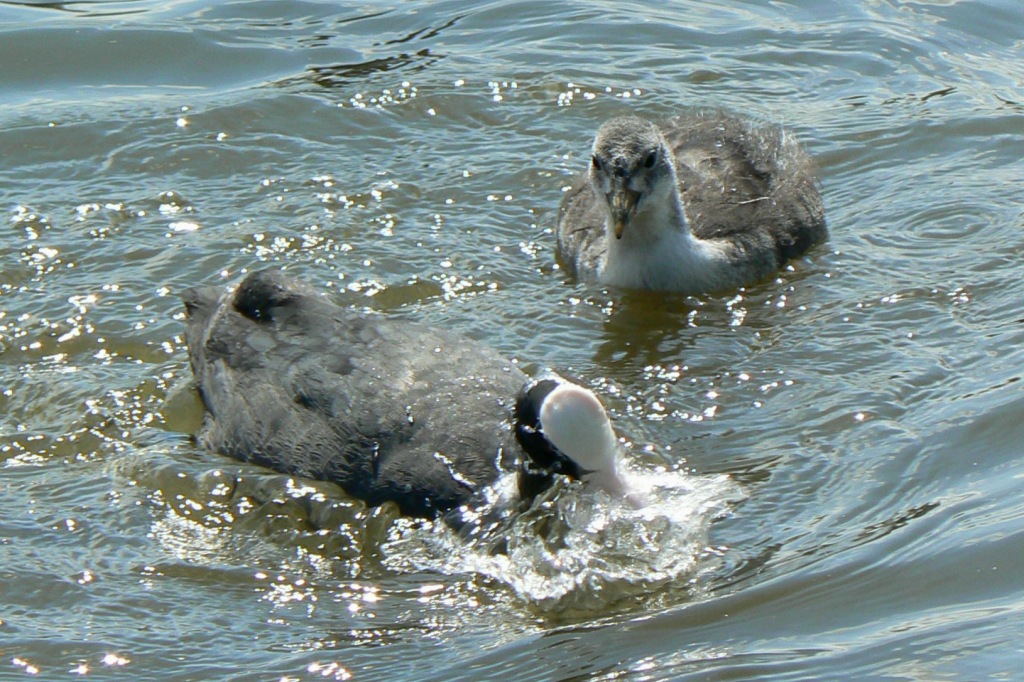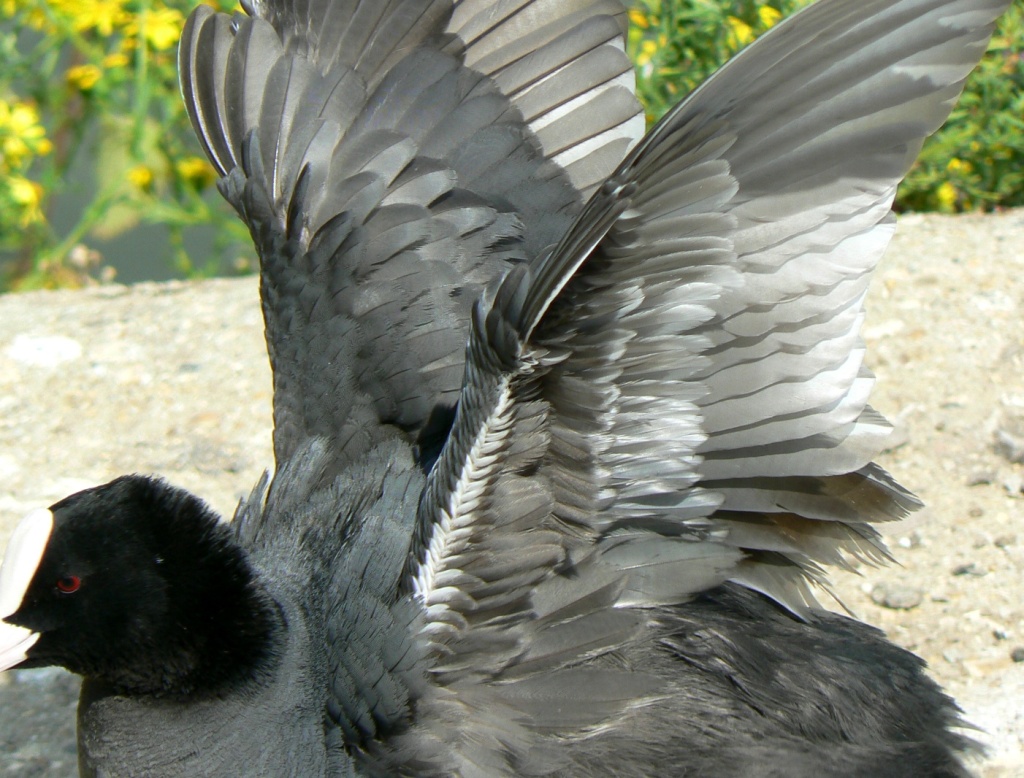[161] Geranium pratense, Meadow Cranesbill and Others

Introduction
Geranium will be one of the most difficult genera to cover. This post will consider the wild species Geranium pratense, Meadow Cranesbill and Geranium pyrenaicum, Hedgerow Cranesbill, both of which are common and widespread. Tomorrow I will look at the rest.
There are over four hundred species of Geranium and many hybrids and cultivars. They are generally called cranesbills or hardy geraniums. Confusingly most species of Pelargonium, a closely related genus, are also known as geraniums.
[I will use the word cranesbill throughout where other orthography includes crane’s-bill or other variations.]
Taxonomy
Kingdom – Plants
Division – Vascular Plants
Class – Angiosperms (Flowering Plants)
Order – Geraniales
Family – Geraniaceae
Genus – Geranium
Scientific Names – Various. See Text
There are too many species, hybrids and cultivars to list.
Name
Cranesbill comes from the shape of the fruit of some species. See [166] Crane.
The Ancient Greek geranos means the Crane.
When first named by Linnaeus the genus Geranium included all the species now known as Pelargonium, which were split off in 1789. (Pelargonium is derived from the Greek pelargos meaning Stork by analogy with the derivation of Geranium and some Pelargoniums are known as Storksbills.)
Horticultural usage tends to go by the genus, without bothering too much about species, and it is slow to adjust to changes. So many of the thousands of species, hybrids, cultivars and varieties of Pelargonium are still informally called Geranium.
Geraniaceae
The Geranium family has about 800 species, almost all of which are in the genera Geranium, Pelargonium and Erodium. All three of these were originally categorized as Geranium. (Erodium gets its name from Herons, just as the other two come from Cranes and Storks!)
Geranium pratense, Meadow Cranesbill
Geranium pratense is native to much of Europe and Asia and widely naturalized elsewhere. It is sometimes called Meadow Geranium or Common Geranium. It is a low-growing perennial, common and widespread as a wild flower. (Pratense means meadow.)
Leaves are deeply lobed and convoluted in shape.
Flowers are open, flat and have various shades of blue. It is widely cultivated and is available in various cultivars.







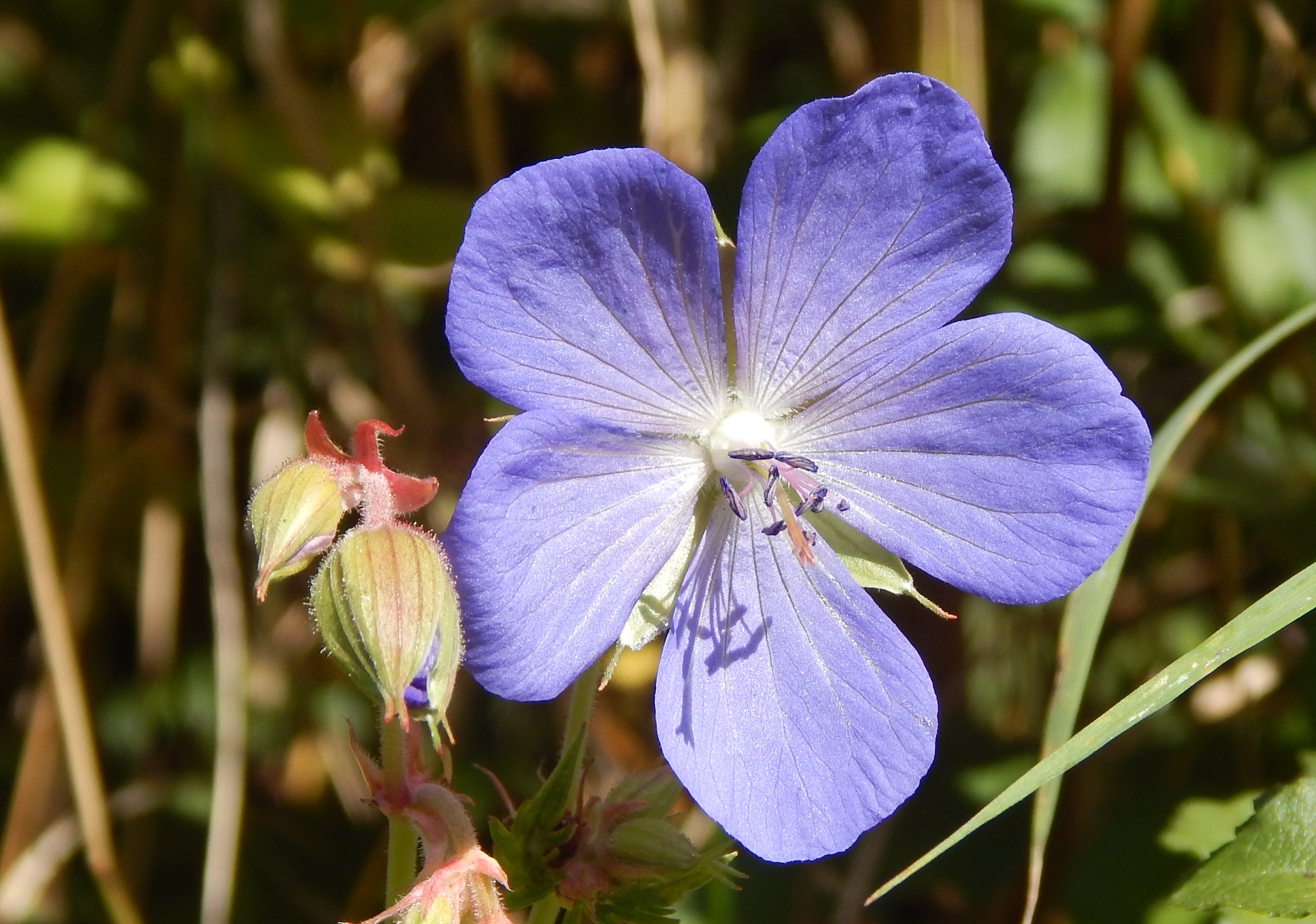
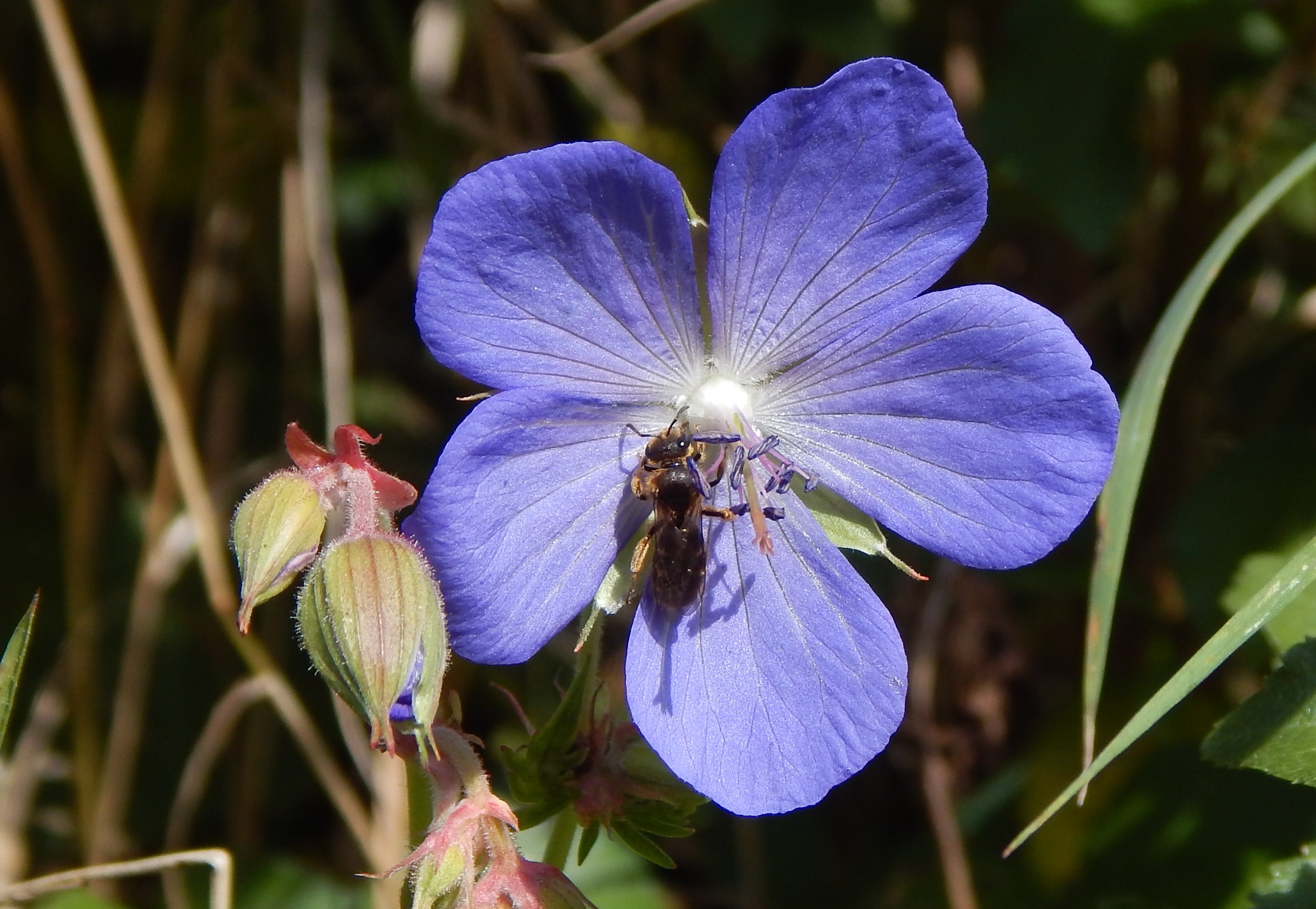
I’m afraid I can’t identify the insect on the last picture but is probably a kind of bee.
Geranium pyrenaicum, Hedgerow Cranesbill
Also known as Mountain Cranesbill, Geranium pyrenaicum is commonly found on verges and hedgerows. It is probably an introduced species, having come originally from the mountains of the Pyrenees, Alps and Caucasus.
It is quite similar with paler, lilac flowers. The petals are notched giving the impression of ten instead of five. Leaves are smaller and less convoluted. This species is also available as a cultivated plant.


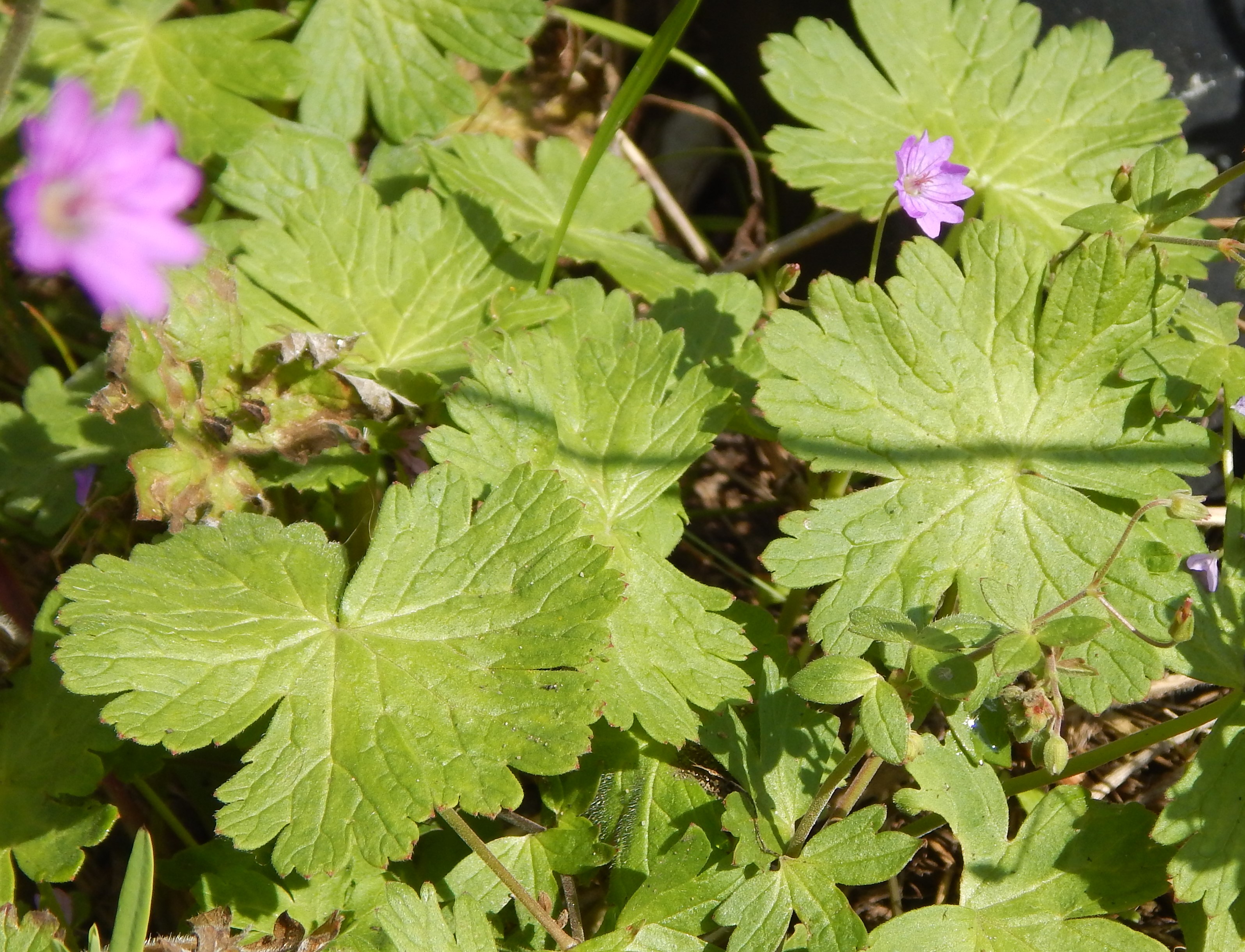





See also
Look out tomorrow for some more Geranium species.

